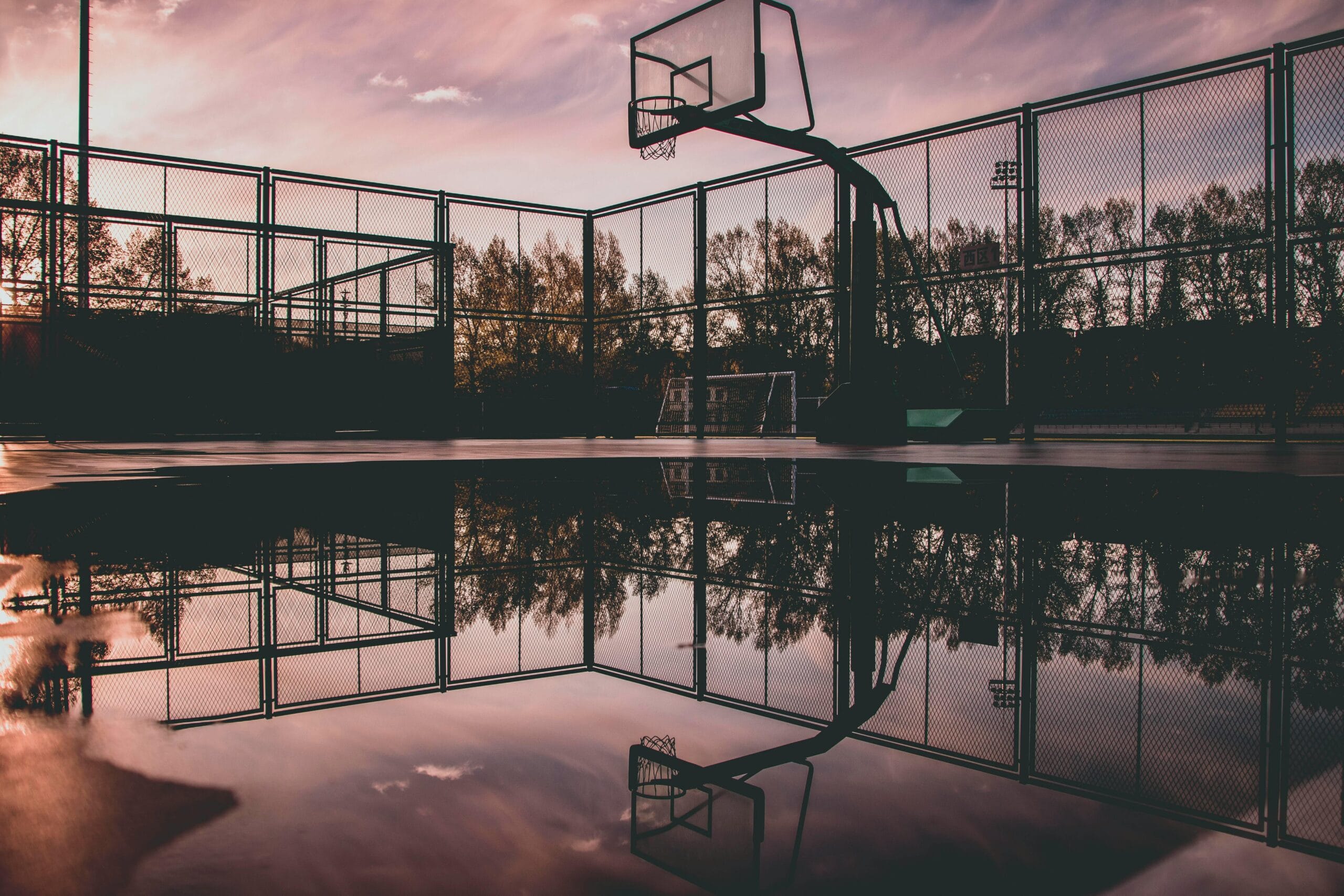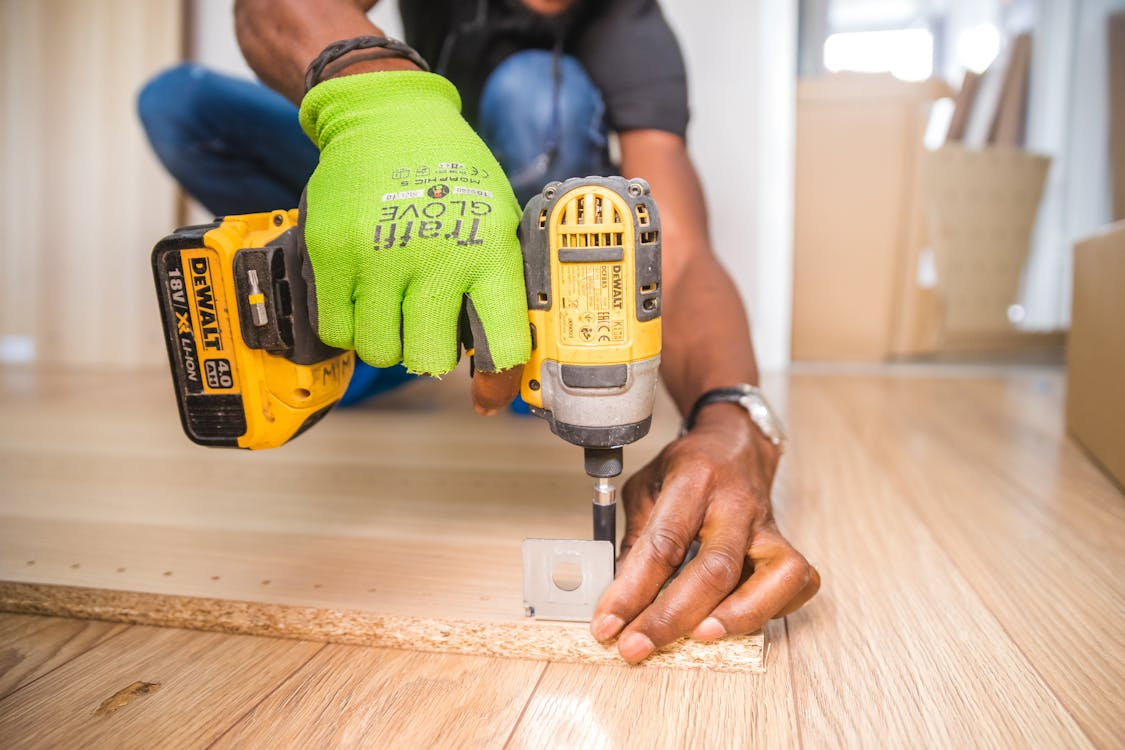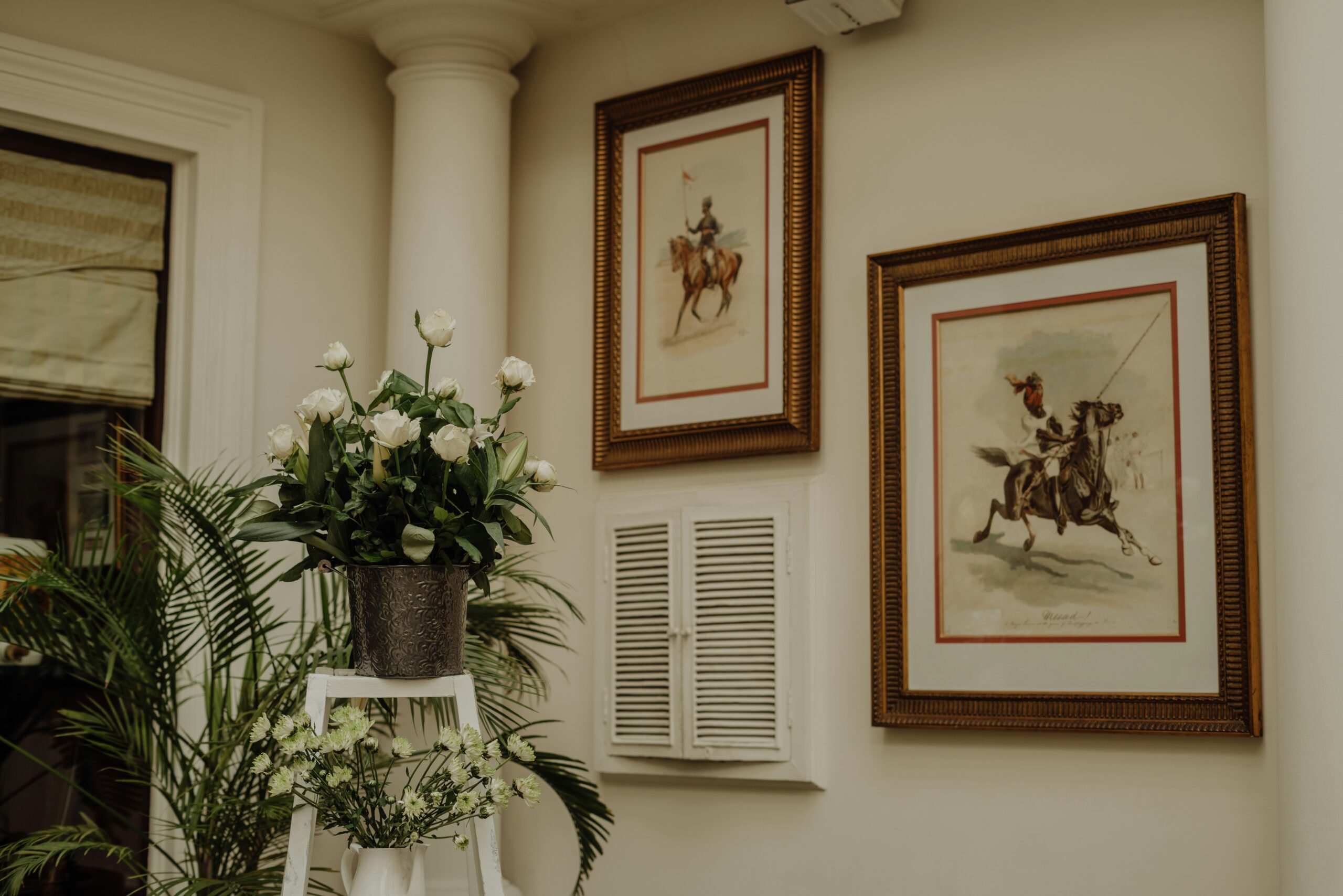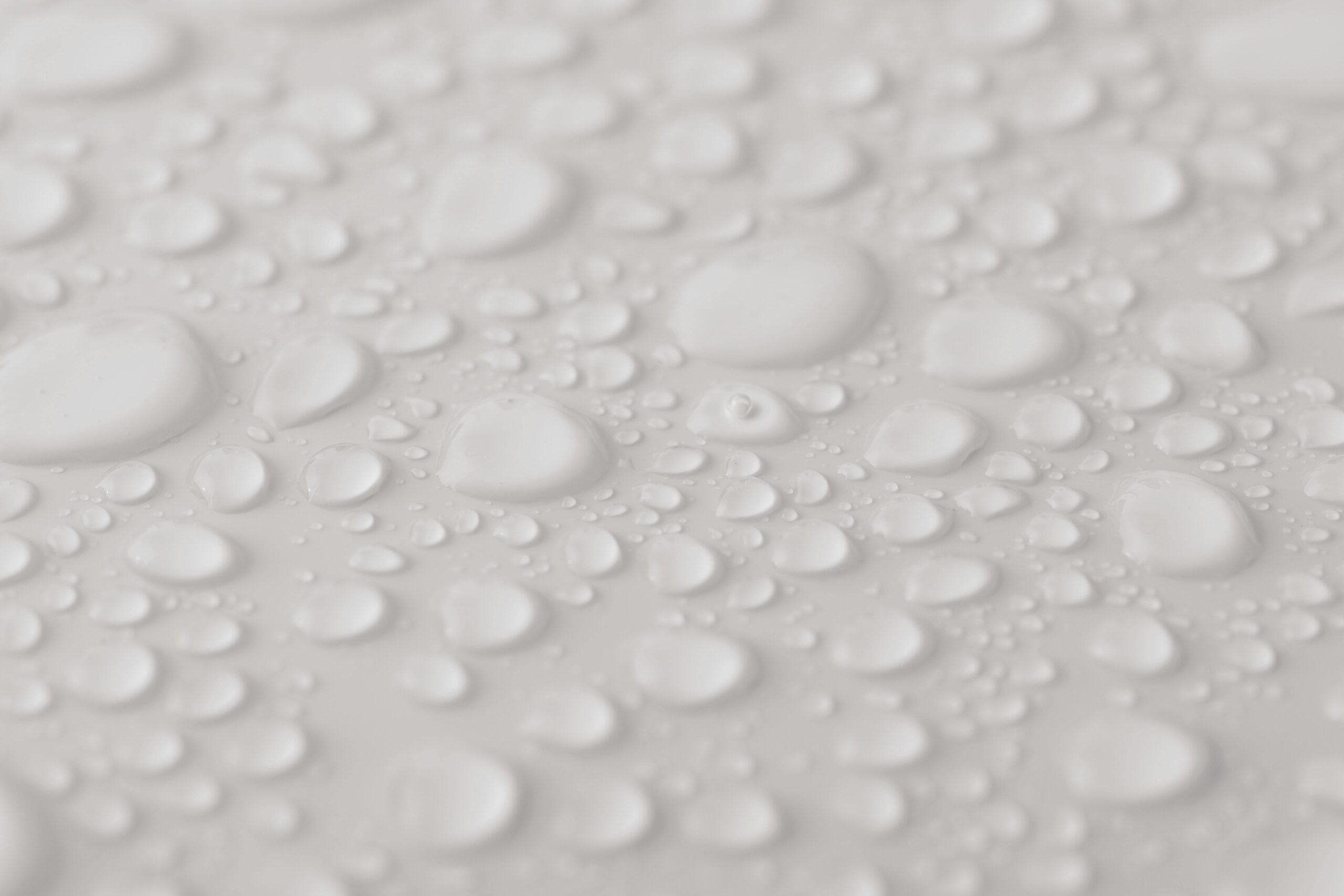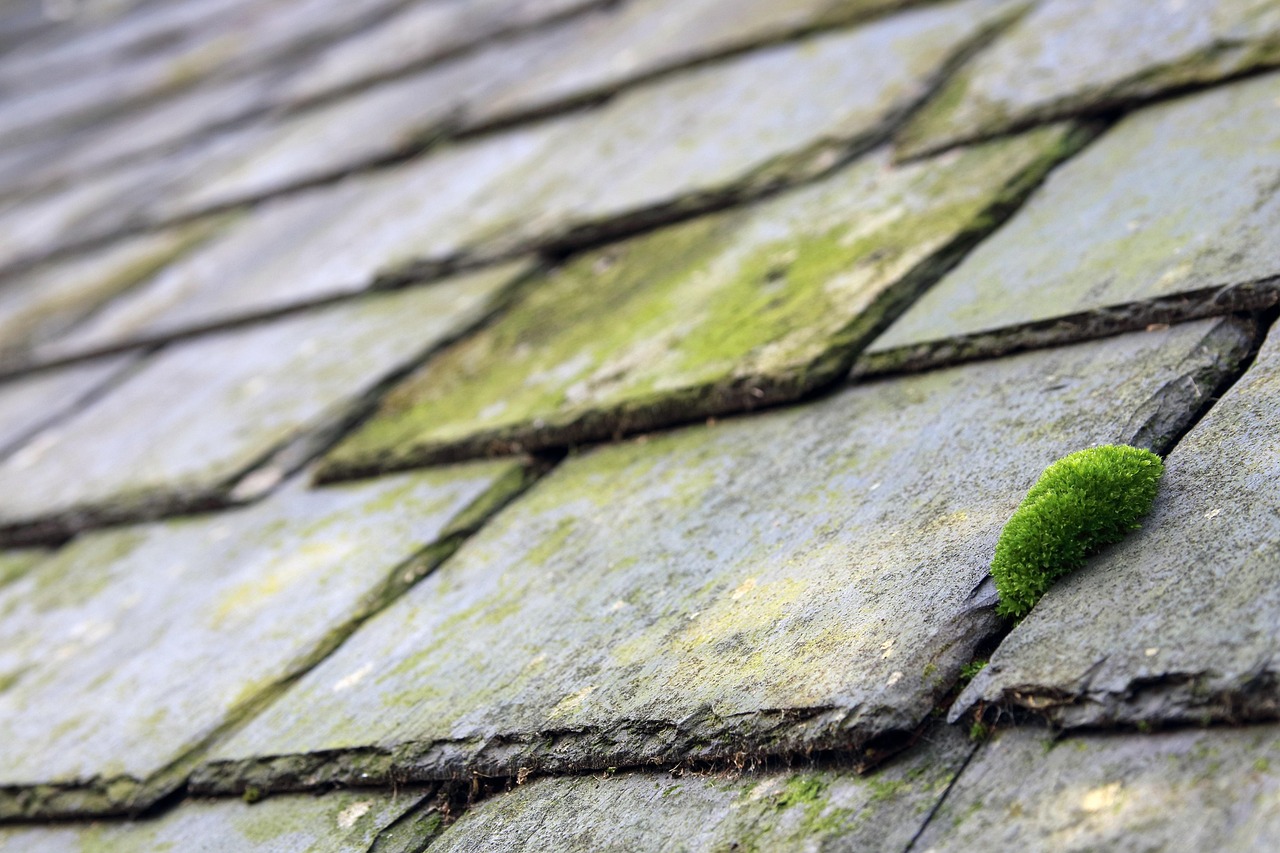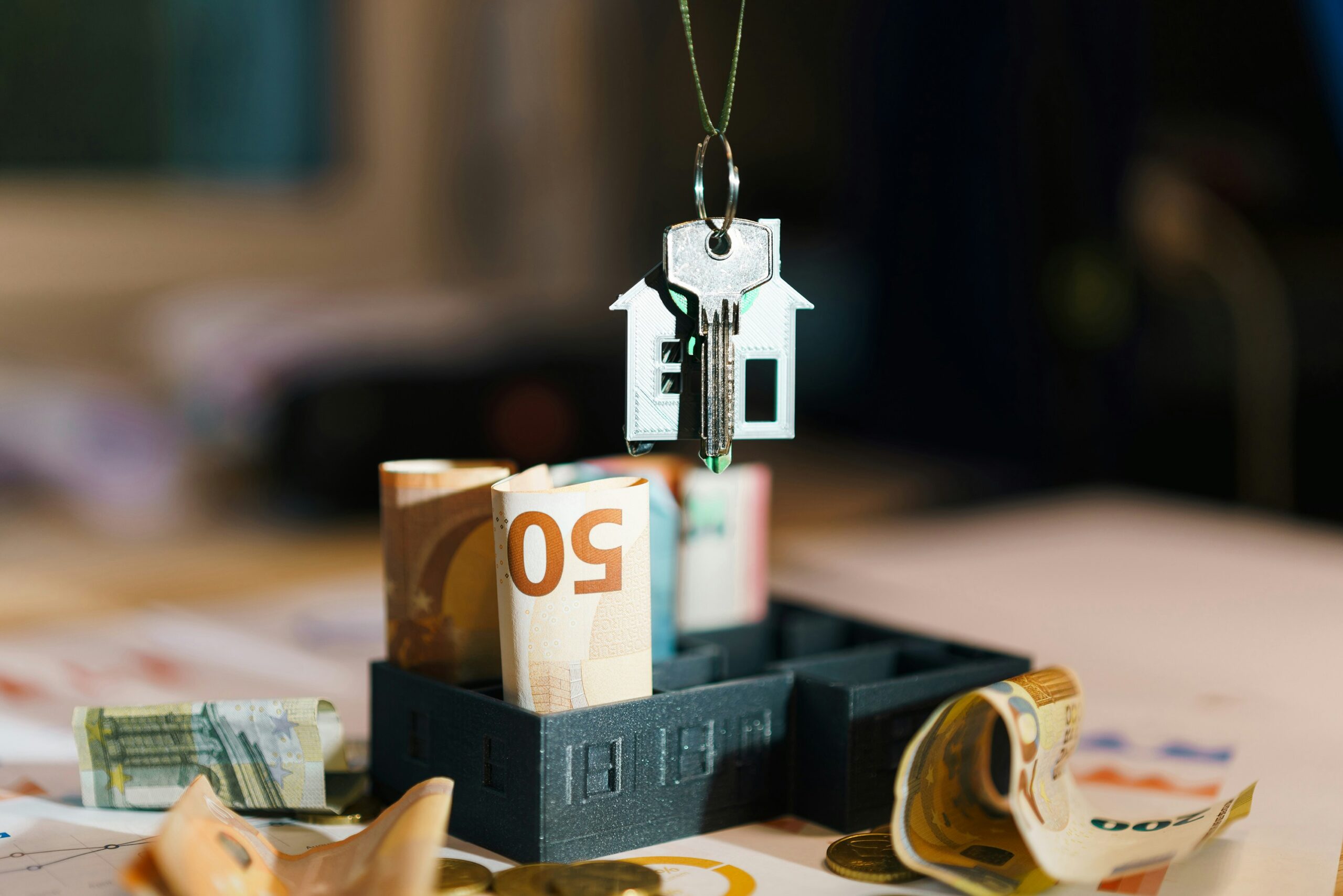Selecting the ideal basketball court material is crucial for performance and safety. The right surface contributes significantly to the game by enhancing player performance and reducing the risk of injuries. With that, let’s explore the materials available for constructing a basketball court and their specific advantages and disadvantages.
Asphalt
Asphalt is one of the most common materials used for outdoor basketball courts. It is favored for its durability and cost-effectiveness. Asphalt courts offer a firm, stable surface that is relatively easy to install and maintain. However, the rough texture of asphalt can increase the wear and tear on basketballs and shoes, and it may not provide the best cushioning for players’ joints. As such, professional basketball court installation services can help mitigate these issues by ensuring a high-quality installation and providing guidance on regular maintenance.
Concrete
Concrete is another popular choice for basketball courts, known for its longevity and low maintenance. A concrete court provides a hard surface that ensures a consistent basketball bounce, which is crucial for a fair game.

However, its hardness can be a double-edged sword; while it offers excellent stability, it also poses a higher risk of injuries such as joint stress and falls due to its unforgiving nature. Additionally, concrete courts can be more expensive to install than asphalt due to the materials and labor involved.
Synthetic
Synthetic materials like polypropylene tiles offer a modern alternative to traditional concrete and asphalt surfaces. These tiles offer exceptional traction and maintain uniform playability. They are also softer than concrete and asphalt, which can help reduce the impact on players’ bodies.
Besides, synthetic courts can be installed over existing surfaces and are available in various colors, allowing for customization according to aesthetic preferences or team colors. However, they may require more regular cleaning to maintain their grip and appearance.
Wood
Indoor basketball courts are commonly surfaced with wood, particularly maple, due to its natural elasticity and excellent shock absorption. Wood flooring provides a classic aesthetic and can significantly enhance the playing experience. It offers a smooth, consistent surface that is gentle on players’ knees and ankles. However, wood is generally more expensive than other materials and requires more maintenance, including refinishing and protection from moisture.
Grass
Although grass is rarely used for basketball courts, it is worth mentioning as a surface option. Grass provides a soft and natural feel, making it suitable for casual play or multipurpose recreational spaces. However, it lacks the durability and consistent bounce required for basketball games.
Maintenance is another challenge with grass courts. Regular mowing, watering, and repair of uneven areas are necessary to keep the surface playable. These factors make grass an impractical choice for most basketball courts, particularly for serious players or competitive settings.
In Summary
The most suitable basketball court material varies based on its intended use, geographic location, and financial considerations. Concrete and asphalt are durable and cost-effective for outdoor courts, while wood is ideal for high-performance indoor play.
On the other hand, synthetic surfaces offer versatility and enhanced safety features, making them a growing favorite among players and facility owners. Considering factors like durability, safety, cost, and maintenance, you can choose a court material that meets your needs and ensures a quality playing experience for years.

